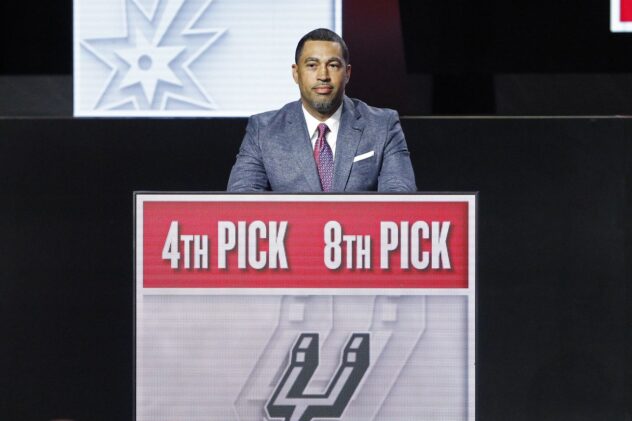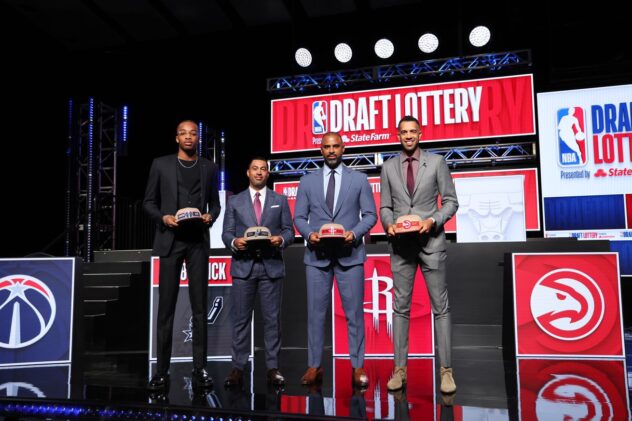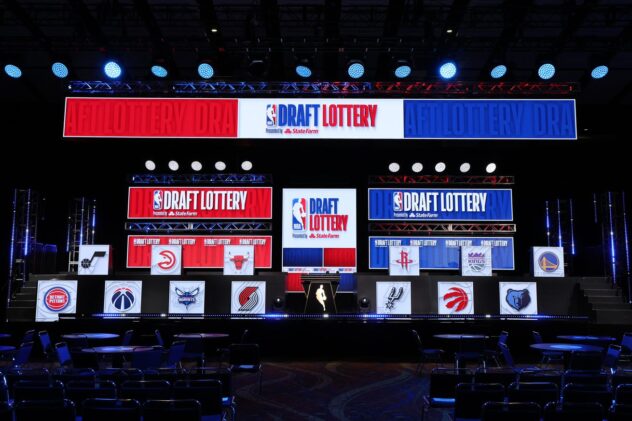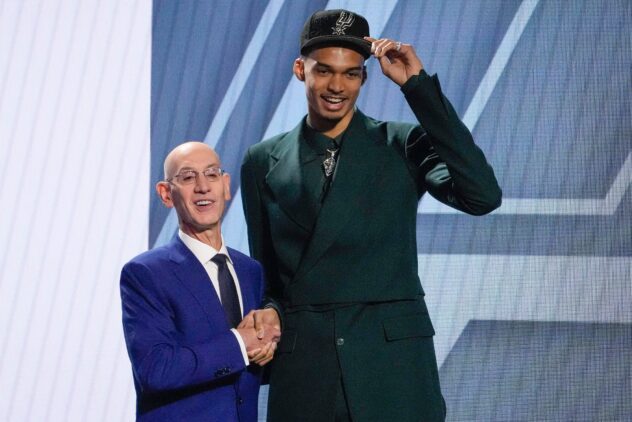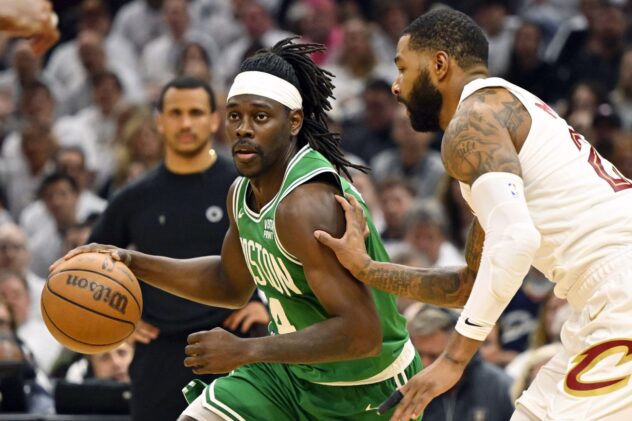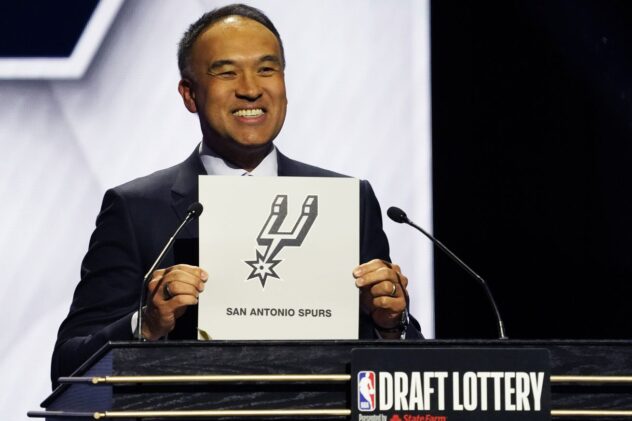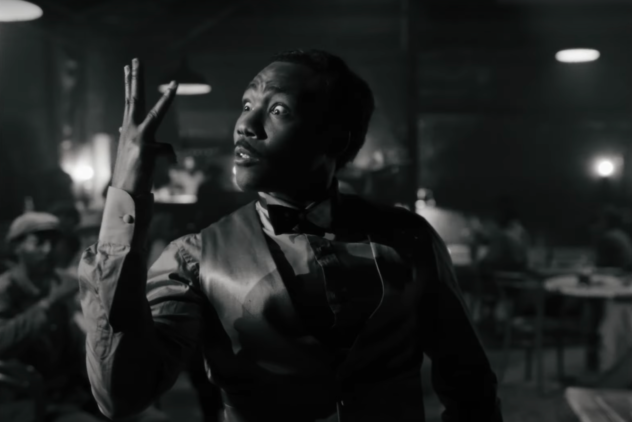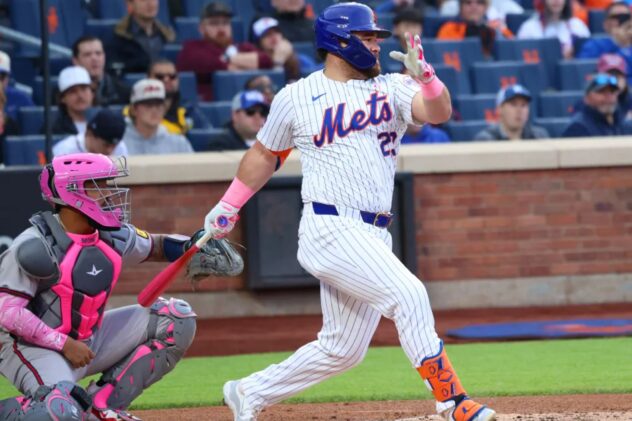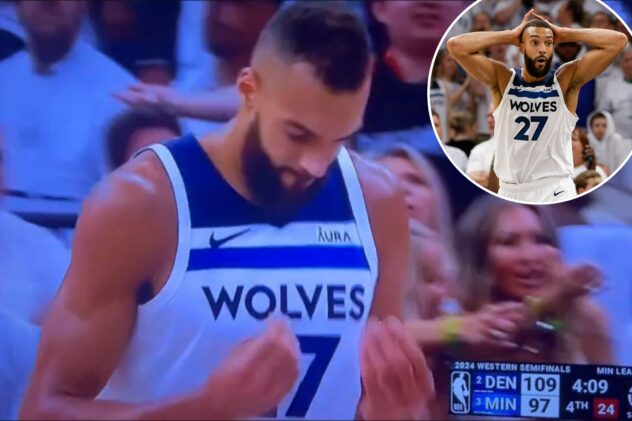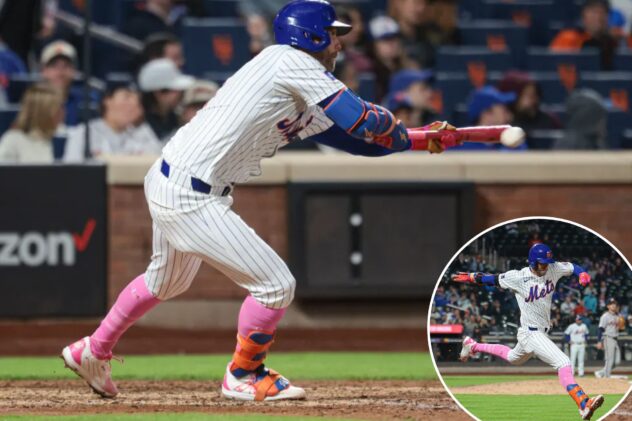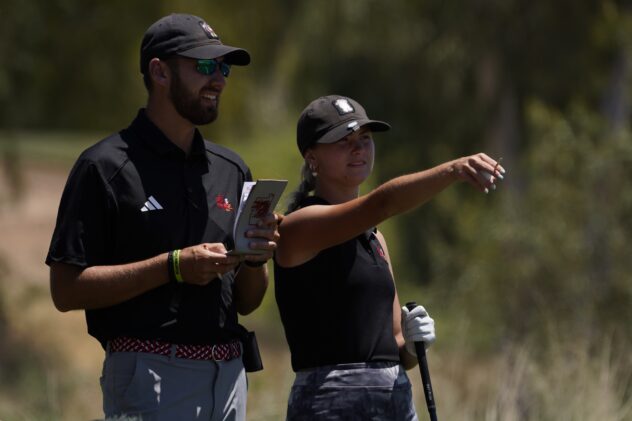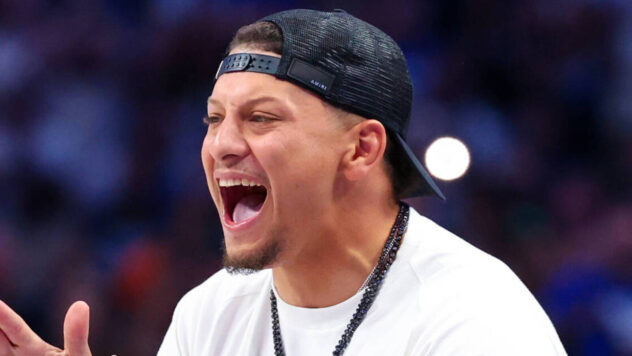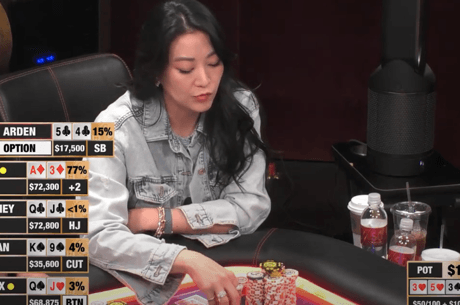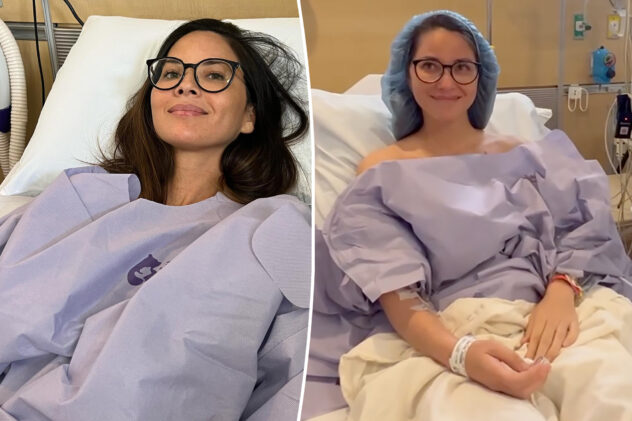Why the Spurs needed a second chance to close out the Suns

Photo by Andrew D. Bernstein/NBAE via Getty Images
The Spurs turned in another mixed crunch-time performance.
There is but one constant in watching the Spurs this season: on a night-to-night basis, there’s no telling what version of the team will show up. Will it be the one that walked through the Clippers and outplayed the Rockets in crunch time? Or will it be the one that took a 34-point beatdown from the Pistons and dropped a much-needed W to the Cavaliers? Nobody knows.
Much like their overall performance, at a micro-level, the Spurs execute in fits and starts. They’ve developed an irritating habit of stitching together stretches of dominance that last just long enough to offer a glimmer of hope before lapsing back into the lackadaisical and directionless basketball that has characterized far too much of the season. As their 10-15 record would suggest, the bad has outweighed the good.
Even in the most critical moments, the design and execution of game-deciding plays has been spotty at best. In their last two games, the team chose to run the exact same play with time winding down, a pretty startling decision that worked out about as well as you would expect the 2nd time around.
The Spurs’ less-than-encouraging victory over the Suns was just one more example. With 2.6 seconds left in the 4th quarter, the team had a chance to finish a game in regulation for the first time in nearly 2 weeks.
Patty Mills comes off a staggered screen on the weak side as the first option, but the Suns smartly switch to prevent the exact same shot that would later do them in. That leaves Cameron Johnson on Patty, Kelly Oubre Jr. on Derrick White, and more importantly, Ricky Rubio on Rudy Gay down low.
/cdn.vox-cdn.com/uploads/chorus_asset/file/19531447/End_of_4th_SLOB_1.gif)
Rudy immediately establishes deep position while Derrick tries to clear out to the strong side. It’s important that he goes that direction because the Suns would likely switch Oubre back onto Rudy if Derrick shot out to the left corner. The timing is off, though. Derrick trips as he tries to work through the paint, leaving Oubre staring directly at Rudy, who is obviously now a threat. So Oubre lets Derrick stumble his way out of the lane and disrupts the 2nd option: Rudy deep in the paint with a small on his back.
/cdn.vox-cdn.com/uploads/chorus_asset/file/19531457/End_of_4th_SLOB_2.gif)
DeMar DeRozan throws him open anyway, and Rudy goes straight into a turnaround fade away jumper from the free throw line. If he had it to do over again, he would probably look for LaMarcus Aldridge under the basket considering Aron Baynes was ball watching while LaMarcus cut to the rim.
/cdn.vox-cdn.com/uploads/chorus_asset/file/19531460/4_002_SLOB_RG_pu_Jx_w_LMA_in_pos_for_put_Moment.jpg)
With 1.7 seconds left, there was plenty of time for a dump off and layup. Instead, the ball catches front rim and time expires before LaMarcus can try to tip it back in.
The play design isn’t exactly bad, but Derrick has to begin clearing out before Rudy gets position and he’s got to get out of the lane cleanly. It doesn’t take much to give away a good look when there’s less than 3 seconds on the clock, and those two problems were more than enough to do it in this case.
In a very similar situation at the end of overtime, the Spurs went with another play designed to exploit a switching defense.
Derrick is inbounding the ball from the baseline and Patty is in the near corner, with LaMarcus on the right block, Marco Belinelli in the left corner and DeMar out near half court. LaMarcus turns and runs up to set a screen for DeMar, who’s flying towards the basket. Baynes switches onto DeMar to prevent the easy layup while LaMarcus hustles out to the right wing to catch the inbound pass. Mikal Bridges should be defending LaMarcus at this point, but the initial switch put him behind the play and he recovered to the wrong spot.
/cdn.vox-cdn.com/uploads/chorus_asset/file/19531516/End_of_OT_BLOB_1.gif)
Bridges stumbles as he attempts to redirect back to his man and that leaves him out of position and off-balance as Patty races into a hand off before curling into a pull up jumper that hits nothing but net.
/cdn.vox-cdn.com/uploads/chorus_asset/file/19531524/End_of_OT_BLOB_2.gif)
The Suns had to switch the initial screen for DeMar, which meant Bridges would be forced to recover to LaMarcus then instantly switch again onto Patty who was already sprinting in the opposite direction. That’s a difficult sequence to get right, and a lapse anywhere along the way results in a decent look. In terms of design and execution, this is probably the best late game play call of the Spurs’ season.
Does it mean anything? Probably not. That they got to the point where this play was even a possibility means a lot more about who and what this team is than 5 great seconds of basketball. But just like the rest of the season, the Spurs refuse be what you expect in any given moment, both for better and for worse.
Why the Spurs needed a second chance to close out the Suns
Why the Spurs needed a second chance to close out the Suns

